In this fast-moving world that we live in, I thought I would bring out a short update. For the health and safety of speakers, those attending, and all concerned, we have cancelled the following events. These are the Centre and FCAT lecture this Thursday 19 March; the joint Centre and KAS Local History Societies Forum on Saturday 21 March; the Becket Lecture on Friday 27 March; the Medieval Canterbury Weekend between Friday 3 and Sunday 5 April, and the Church, Saints and Seals day on Monday 18 May.
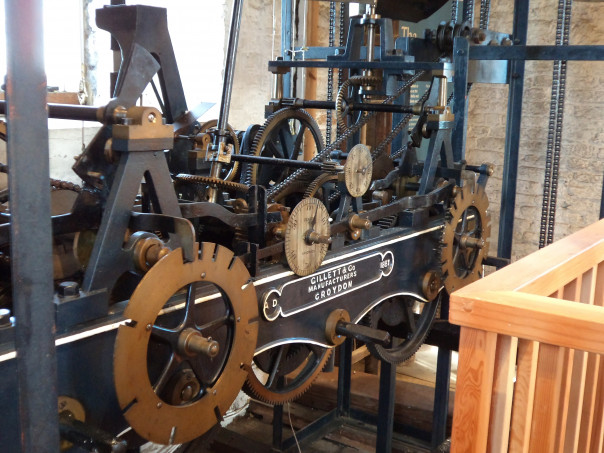
Having been in touch with the speakers for this year’s Medieval Canterbury Weekend, I wish to report that the vast majority are hoping to be with us for Medieval Canterbury Weekend 2021 which we hope to run between Friday 9th and Sunday 11th April 2021 ie the weekend after Easter. I’m very sorry about the loss of these events because I know the speakers, indeed Michael Wood has some new evidence to present on Theodore and Hadrian, are very disappointed and I know those who were due to attend are too. As are the great group of volunteers drawn from CCCU undergraduates, postgraduates, sessional lecturers and others, and I am hoping to welcome everyone in April 2021 to an even better History Weekend.
Obviously, it will depend how things develop over the next couple of months, but if it is possible the ‘Church, Saints and Seals’ day will be re-scheduled for September this year. In addition, I’m still hoping that our joint enterprise with the various Canterbury churches on ‘Kentish Saints and Martyrs’, with Eastbridge Hospital will similarly go ahead in late August/early September.
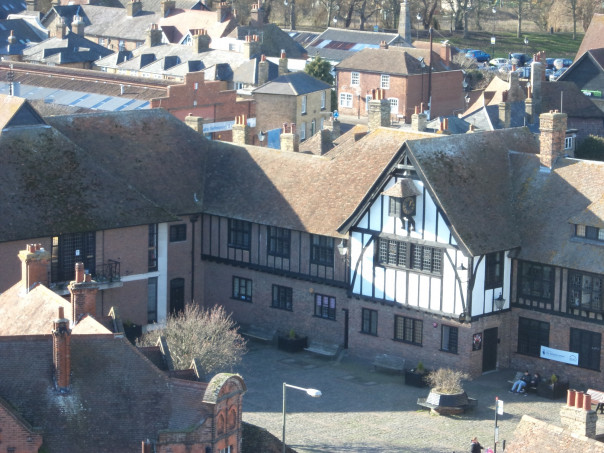
At the moment, the proposed study day on the Kentish Manorial Register with Kent History and Library Centre [KHLC] and the BALH, tentatively considered for June, may need to be put on hold for the time being. Furthermore, I’m thinking of holding a ‘Drama and Performance, with special reference to Kent’ day in the autumn. This would be in memory of Dr James Gibson whose work, both as a Records of Early English Drama [REED] editor and as a historian of medieval and early modern drama, is definitely worthy of celebration. My keynote speaker has agreed, although the date isn’t yet fixed, and when I have more details, I’ll let you know.
However, in this troubling time a bit of good news. Dr Diane Heath has submitted her HLF bid with Penny Bernard for their great ‘Medieval Animals’ project. In addition, I think Professor Louise Wilkinson’s Wellcome bid is also either in or almost there, and the one I am involved in as an AHRC application is equally at the very final stages before submission. Moreover, Diane has just had an article published, the hard copy of the journal having arrived this week.
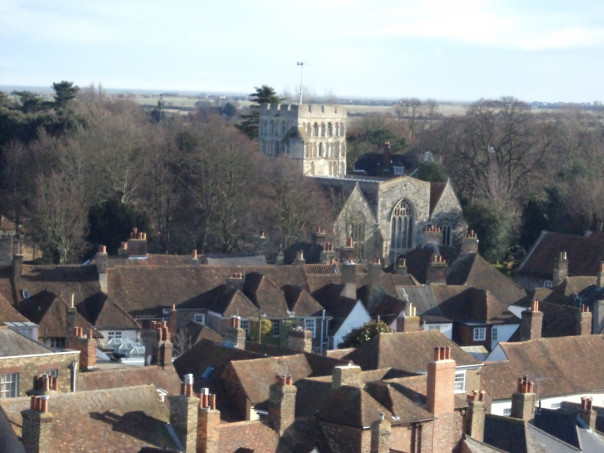
Just a very short piece, I thought I would introduce you to a Sandwich town clerk, as a change from Canterbury. John Serle lived in the 15th century when Sandwich was experiencing some challenging times. However, even though we don’t know much about his life, we do know he was rewarded by the mayor of Sandwich in October 1449, when he was given a place at St Bartholomew’s hospital for ‘his good service and for his future labour’. This suggests that he was seen by the mayor and jurats as a man of substance and trust, what some called a man of ‘good conversation’. His work as the town clerk would seem to substantiate this view, his various writings on the town’s behalf demonstrating the moral standing of the town’s government and its governors.
So what did Serle write? Well we cannot be totally sure of everything but what we do know is that among the books he contributed to or produced are the admissions register of St John’s hospital, the first of the great civic year-books, and a composite register of St Bartholomew’s hospital.
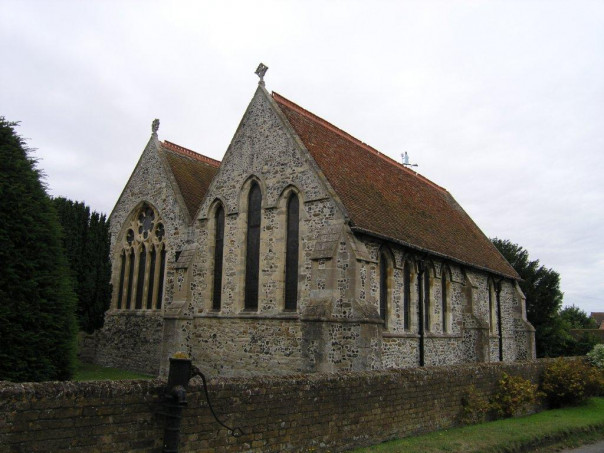
Because I’m going to keep this short, I’m only going to look at the first of these here. Begun in 1397, the admissions register of St John’s hospital was used to record the events that took place at the hospital when it was visited by the mayor and senior jurats. Frequently these involved the admittance of a new brother or sister necessitating the recording of a statement that the person had sworn an oath to the assembled community and included details concerning the corrody paid or to be paid in instalments. Also recorded by the clerk was the sum held in the hospital’s ‘pixide’ or box and any distribution from thence to the inmates; the names of those at the hospital, including office holders, and less often matters relating to discipline regarding the brothers and sisters or an inventory of the hospital’s goods. The date of the visitation and the naming of the mayor and jurats headed the entry, a convention that Serle followed when he took over as clerk. He thereby indicated the role of the civic officers in the governance of the house, for it was they who oversaw the ceremonial admittance of each new inmate which was presumably the culmination of the selection procedure.
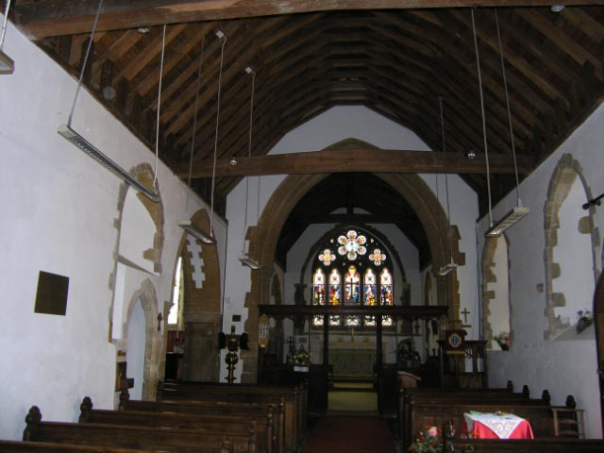
Moreover, the recording of the corrody, whether in cash, goods or labour, as well as any other financial details regarding the hospital, similarly underlined the responsibility entrusted to the mayor and his fellows for the good rule of the town’s charitable institution. The listing of the master, brothers and sisters, and the goods held in common provided a current measure of the community’s size and wellbeing particularly when financial items were also included.
Although Serle did not record his presence at each visitation, the very act of writing the entries in the hospital’s register was an act of witness that legitimised the actions of the mayoral party and the hospital community, especially a new entrant. Thus, the recording of such actions required Serle to take a leading role in the process itself and the subsequent recording of what had taken place. What we are seeing is the oral report of the house’s finances, its goods and personnel made by the master at St John’s becoming the official documentary record of that visitation through the changes of language, ordering and writing by our clerk. Equally this extended to the standing of the new entrant: the register entry was the culmination of Serle’s translation of what had been said and done during the selection process and the visitation itself. Such entries were also part of an ongoing statement of the hospital’s position, as the presence in the register of amended names, items and actions indicates perhaps implying processes of checking and verification of probably a mix of oral and written testimony. The records were also a product of shifting ideas and circumstances over time: the death of an inmate, an inability to pay the agreed corrody or the loss or reappearance of certain hospital possessions. Consequently, Serle’s clerical role at St John’s continued that established by his predecessors, his contribution to the register supplying knowledge of the hospital community and its history vis-à-vis the town itself.
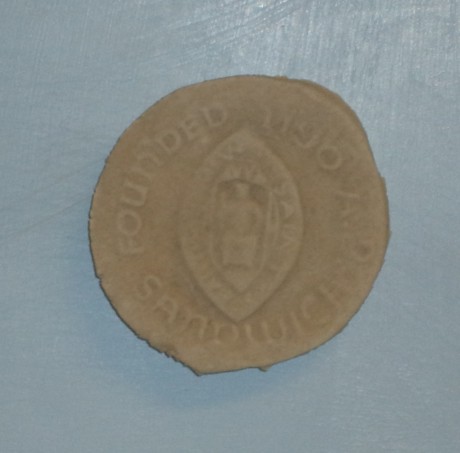
This example of Serle’s achievement, especially when seen with the other manuscripts, shows that in Sandwich, as in the other Cinque Ports and in Canterbury (sadly the Rochester civic archive has almost completely gone), his work was not solely valued by the members of the town as texts – the written word — but also as artefacts. The manuscripts through their size, format and decoration were seen by different groups within Sandwich and even beyond the town as physical manifestations of the antiquity and authority of the mayor and jurats as guardians of the town’s wellbeing, including its hospitals. Even though the evidence in somewhat fragmentary, it seems likely that showing and reading were valued aspects of book production and consumption. Furthermore, it would appear scribes were well aware of the potential uses to which their works might be put, both in the present and for future generations. This engagement with the senses of sight and hearing brought together clerks and citizens, the governors and the governed, in a shared sense of the community’s urban history and continuity into the future. Therefore, this extract, I hope, demonstrates why the mayor’s offer of a corrody in 1449 was not misplaced: Serle did indeed provide good labour during his long service as Sandwich’s common clerk.
To end, to all the regular readers of the Centre’s blog and those who happen to come across it, stay safe and keep well, and hopefully I’ll meet some of you at Centre events in the future when we have come out the other side.
 Centre for Kent History and Heritage
Centre for Kent History and Heritage Sheila Sweetinburgh
Sheila Sweetinburgh 893
893

